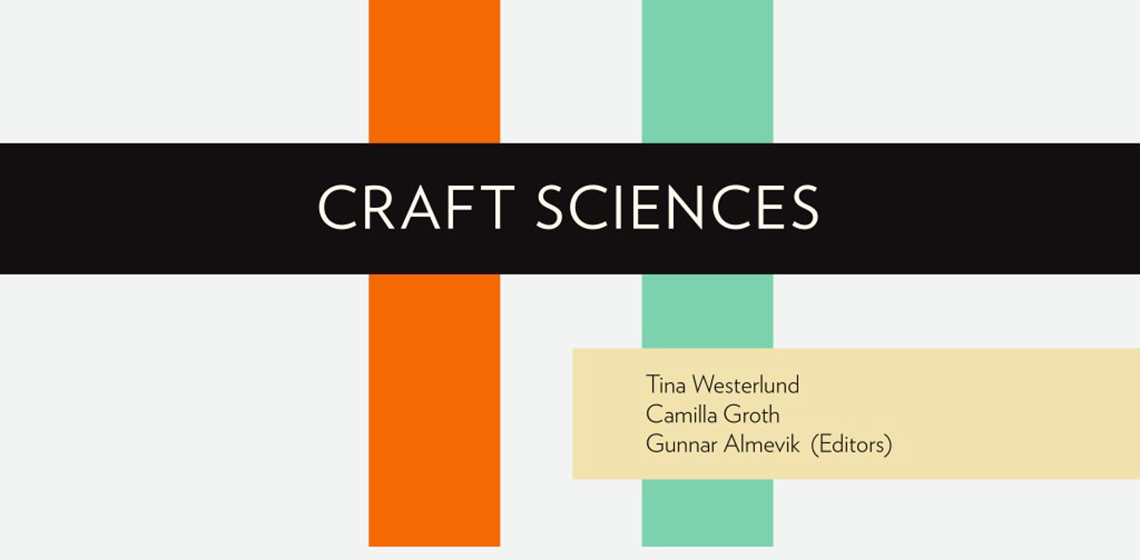The content is published under a Creative Commons Attribution Non-Commercial 4.0 License.
Unreviewed Mixed Matters Article:
Book Review: Craft Sciences by Tina Westerlund et al (eds)

This book sets out to bring the topics of craft science and practitioner-research to a wider audience and integrate them into current craft practices. This is a subject that has seen significant development in Scandinavia but is much less common in other parts of Europe. The essays gathered here present case studies from a range of different crafts, from woodworking and pottery to gardening and textile production. Each essay presents a different approach to how practitioner-researchers can document their craft practices, enabling them to be recorded and passed on to others.
The book is divided into six sections. The first is about recording craft activities and communicating them, the second looks at science understanding in craft, the third reconstructs lost crafts, the fourth is about interpreting craft activities, the fifth focuses on the practitioner-researcher and their engagement with craft, and the final section is about classification and terminology within crafts. Each section has two or three essays, each discussing different case studies.
Throughout this volume our preconceptions of academic output is questioned, as valid alternatives are presented which are more useful and informative to the viewer. The inclusion of videos and 3D models in traditional academic papers, or as alternatives to papers, enables the practitioner-researcher to present their craft more accurately and makes it easier for the viewer to understand the techniques being demonstrated. There are several links and QR codes throughout the book, but it would have been interesting if the authors and editors had developed this further, although technology may have been a limiting factor in this decision.
Overall, this collection provides an enlightening perspective on the subject of craft science. The approaches presented here could be adopted in many other fields of research, particularly in other crafts. Several of these case studies demonstrate the importance of documenting craft practices and presenting them to other researchers and practitioners. The essays also show that the development of technology has helped to make documentation and presentation easier. Often the process of recording, or working out how to record, has led the practitioner to an increased understanding of their craft. This volume makes the subject interesting and accessible to all researchers, providing an academic context for craft research. This should be of interest to any researchers studying crafts or practitioners wanting to present their knowledge. The online, open-access format of the book makes it widely accessible.
Book information:
Craft sciences. Gunnar Almevik, Camilla Groth, Tina Westerlund, Jonathan Westin, Ulrik Hjort-Lassen (eds). 2022.
ISBN 9789179630935
https://www.kriterium.se/site/books/e/10.21524/kriterium.40/

